By Chance Shay, Senior Communications Strategist
Over a decade ago, Entrepreneur Magazine explained why every brand needs PR (back then brands were called “companies”) and while explaining that “good PR is the telling of a good story,” referenced The Fall of Advertising and the Rise of PR to illustrate their point. Long gone are the days where CEOs asked if public relations is important to their company. Instead, they’re asking how to make PR the most effective it can possibly be. Every brand in every vertical in every geographic market is different, but these four keys to getting the most out of PR are universally found at the foundation of all great public relations strategies.

Focus on Efficiency
Whether you’re Justin Timberlake, Oprah or an exhausted PR director of a brand producing widgets, you have 24 hours in a day. Making the most out of that time is critical to beating competitors to the story angle punch and seeing your brand’s name in lights instead of on the outside looking in. Be smart about where your time goes.
This could come from instituting efficient work behaviors. Commit to starting the day off right. Schedule time for checking emails instead of responding to them as they hit your inbox. Make a point to prioritize your to-do list.
Another part is making sure you’re using technology to amplify the results while minimizing the time invested. Use tools like Hootsuite, Buffer or Soci to manage social media accounts, optimize content development and publishing, and streamline reporting (see below for why reporting is important). Use Basecamp to alleviate budget-eating project management time.
Remember, don’t bang your head against the wall. If there’s something your team lacks expertise in, outsource it.
Emphasize PR Measurement
To optimize your team’s efficiency, focus on results that provide the biggest bang for your buck. To understand which results are actually moving the needle, you have to measure them.
Without measurement, you won’t know where your resources are best spent. ROI was the buzzword (acronym?) of 2013, but it’s just as relevant today. Think of it this way: is an hour of your time best spent pitching a story or developing an eblast? If the time spent pitching media results in 10 sets of target audience eyeballs seeing your story, but that same time spent on the eblast results in 20 sets of target audience eyeballs seeing and engaging with your story, it’s easy to see where your focus should be.
But not all PR measurement is the same. Make sure you’re gauging outcomes over outputs. For good, strong and valid PR measurement, your team should follow the guidelines set by the International Association for the Measurement and Evaluation of Communications, or AMEC.
PR and Marketing Go Hand in Hand
Do you still think of marketing as driving sales to customers and PR as building a brand’s reputation or trust? You shouldn’t. More so than ever, a brand’s reputation can make or break sales.
But the importance of traditional media is coming back down to earth, too. In fact, scholars and experts were writing about the declining influence of traditional media way back in 2010. With fragmented audiences and the socialization of the Web and its information, a brand doesn’t have to rely solely on traditional media to reach a large, targeted audience.
In 2016, marketing and PR are most effective when they’re done in tandem. Making sure what’s being said about your brand (media) and what you’re saying about your brand (marketing) are consistent is important because future or prospective customers are more informed than ever when they make a purchase decision. If there’s something out of sync with the information they’ve turned up in their research, they’ll see it as a big red flag.
Most importantly, PR and marketing working in tandem amplifies the result. If your PR results are driving the audience to additional brand-created content, then it’s easier to move them down the sales funnel.
Proactivity Over Reactivity
Finally, like a prize fighter, PR is most effective when it’s out in front of opportunities rather than back pedaling and swinging from its heels. Make sure a solid amount of lead time is given to prepare and launch campaigns. This allows you to tee up media wins in advance of the press release or advisory hitting the wire and ensure key influencers are already in the know before a single piece is published.
Being proactive is also important for fostering the strong media relationships. The quickest way to burn a media bridge is to cause a reporter to miss a deadline because you couldn’t provide the information they need fast enough. Anticipate the questions they might have and identify what information your brand is not comfortable releasing. If you’re announcing a development project, anticipate the detailed financial-related questions and have responses pre-approved. Be proactive in providing whatever is necessary to make it easy for a journalist to cover your story.
There is no magic bullet in PR. However, brands can set themselves up to maximize the return on their public relations investment by following these four keys. If you enjoyed this read, make sure you poke around the (W)right On Target Blog for some other pearls of wisdom from the world of PR and marketing. Some of my favorite recent posts include 12 Signs PR Agency Life Isn’t For You, 10 Feelings Anyone Who Works in PR Will Relate To and Reflections to Begin 2016, written by (W)right On’s CEO, Grant Wright.
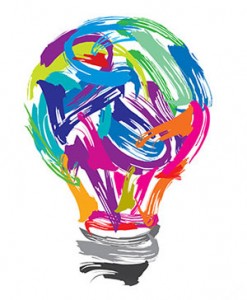

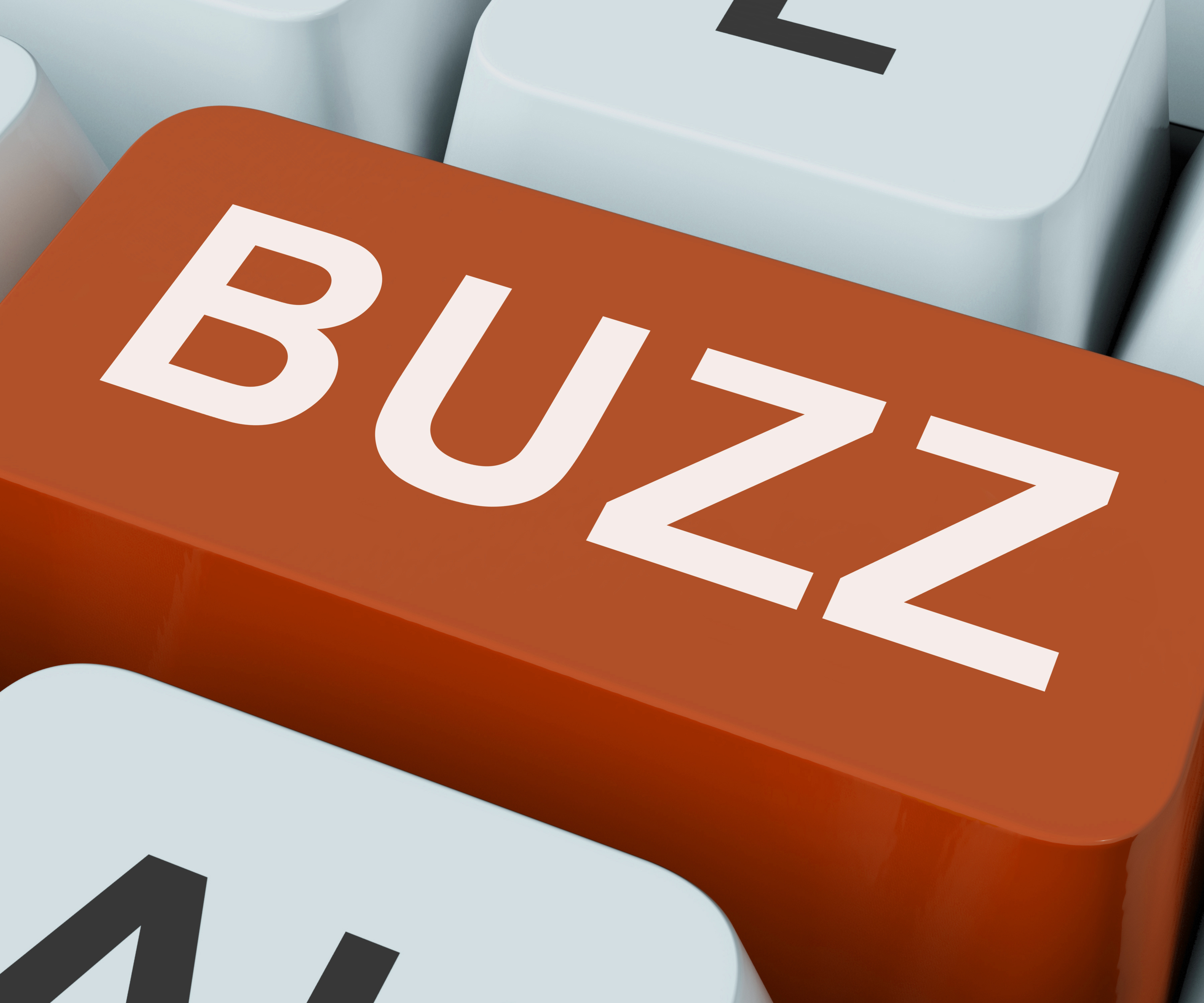


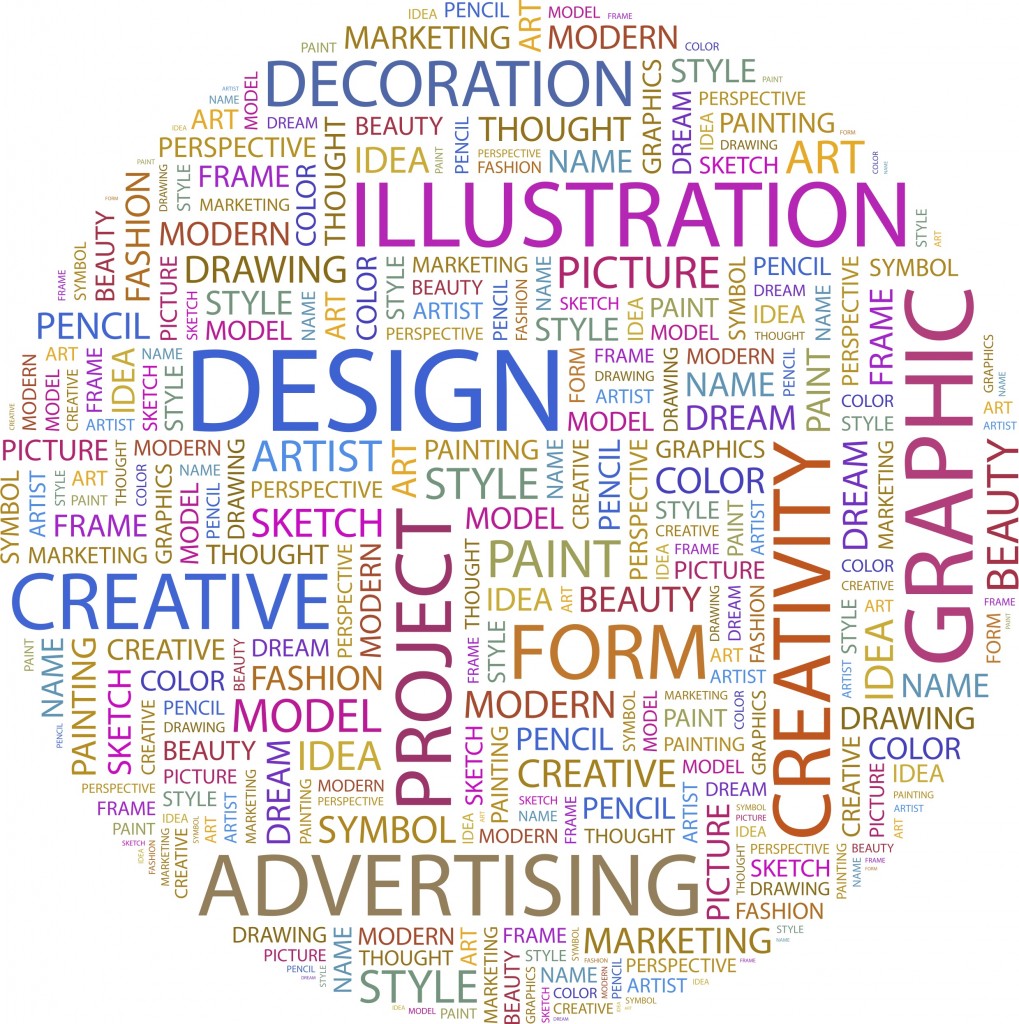

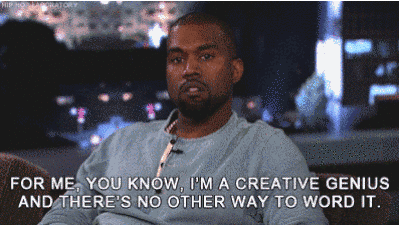
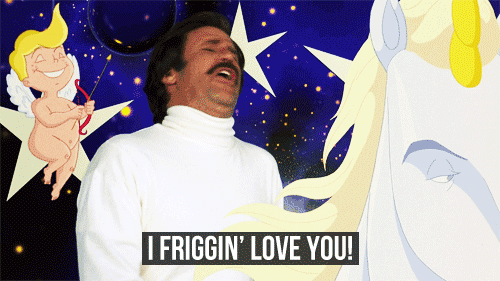

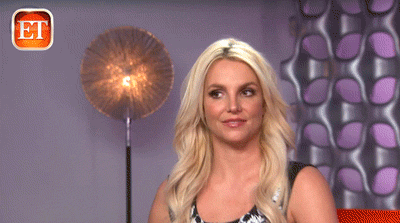

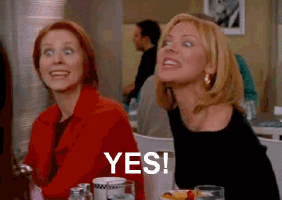
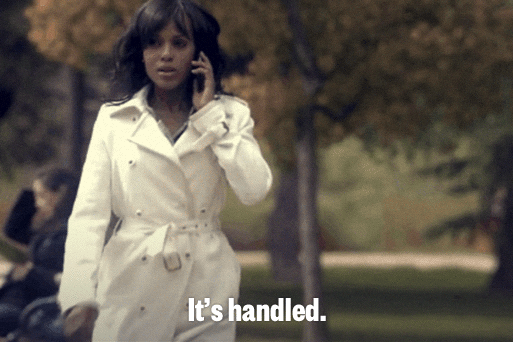
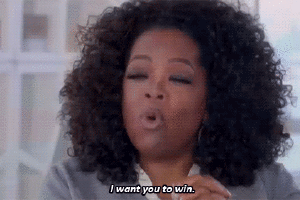
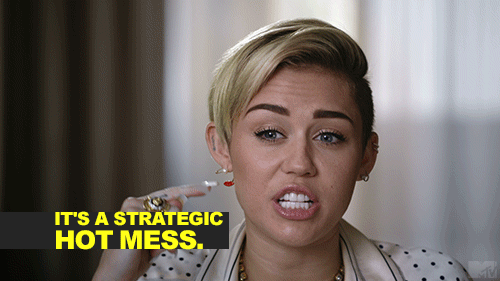
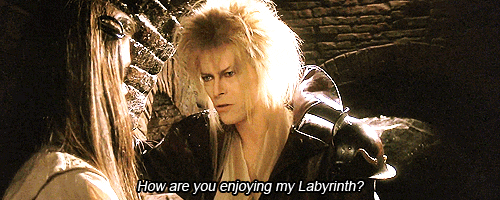



 Grant Wright
Grant Wright





 Corie Fiebiger
Corie Fiebiger
 Shae Geary
Shae Geary Roman Lukjanenko
Roman Lukjanenko Phelan Riessen
Phelan Riessen Katrina Early
Katrina Early Hamish Marshall
Hamish Marshall